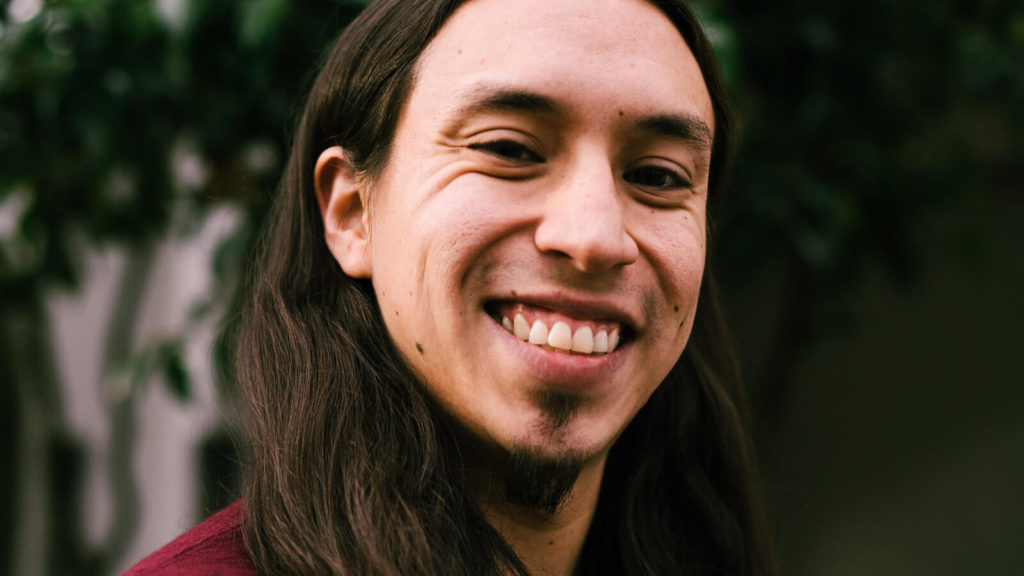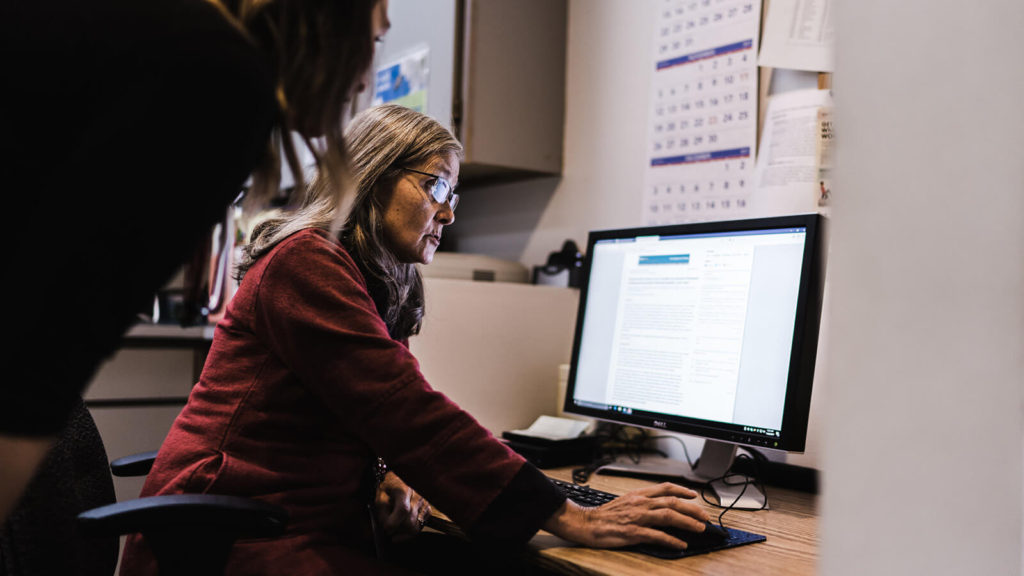
About urban Indians
7 out of 10 American Indians and Alaska Natives live in urban settings.
Urban Indians are tribal people currently living off federally defined tribal lands in urban areas and are often an overlooked population. Today, according to the U.S. Census, approximately 71 percent of American Indians and Alaska Natives live in urban areas.
The resiliency of Native people
Genocide, assimilation, racism, and the purposeful destruction of lands, languages, and traditional practices gave rise to health disparities and a created a system that would remove Native people from it completely. But it didn’t work. Today, Native people are resilient and continue to become stronger by the day, and we are fighting to bring Natives back to being the healthiest people in the nation.
The history of urban Indians
Over the last century, Native people have moved, or were forced to relocate, to urban areas because of government policy, lack of economic and educational opportunities, and limited access to healthcare and other services.
But in an unfamiliar world, many Native people struggled. For thousands of years, their families were part of unique communities where the practice of culture and tradition was part of everyday life. That no longer existed, and urban Indians were shamed and would struggle with their identities.
They also found that the care they received by health organizations did not meet their unique health needs, which would eventually give rise to urban Indian programs and health organizations that provided services that better aligned with the needs of the urban Indian community.
The health of urban Indians today
Today, American Indians and Alaska Natives still move to urban areas for educational, employment, and housing opportunities and healthcare needs, resulting in an urban Indigenous population that is enormously diverse and inter-tribal.
Though there is more access to culturally attuned health and human services today, urban Indians still suffer from health disparities at disproportionate rates compared to other ethnic groups. Chronic disease, infectious disease, and unintended injury with extraordinarily high levels of co-morbidity and mortality are just some of the health areas where urban Indians experience higher rates than others.

About Urban Indian Organizations
Dedicated to the health of urban Indians
To meet the unique health needs of urban Indians, there are numerous programs located across the country that are culturally grounded and focus on providing holistic care.
These include private, non-profit corporations called Urban Indian Organizations (UIOs). They are funded in part under Subchapter IV of the Indian Health Care Improvement Act and receive limited grants and contracts from the Indian Health Service (IHS).
UIOs provide traditional healthcare services, cultural activities, and a culturally attuned place for urban Natives to receive healthcare.
In addition, there are numerous social service and faith-based organizations serving the public health needs of urban Indian communities which are known as Urban Indian Health service areas.
The many urban Indian organizations throughout the country continue to promote the health of urban Indians as well as Native people everywhere.
Helping everyone understand the health of our communities
We create resources for these urban Indian-serving organizations as well as health institutions, legislators, and Native communities in order to inform services, programs, and policies. These resources include Community Health Profiles (CHPs), which provide a snapshot of urban Indian health for individual service areas throughout the country.
Learn more
Explore Urban Indian Organizations

UIHI works to provide information and assist other urban Indian-serving organizations to better the health of the urban Indian community nationwide.
